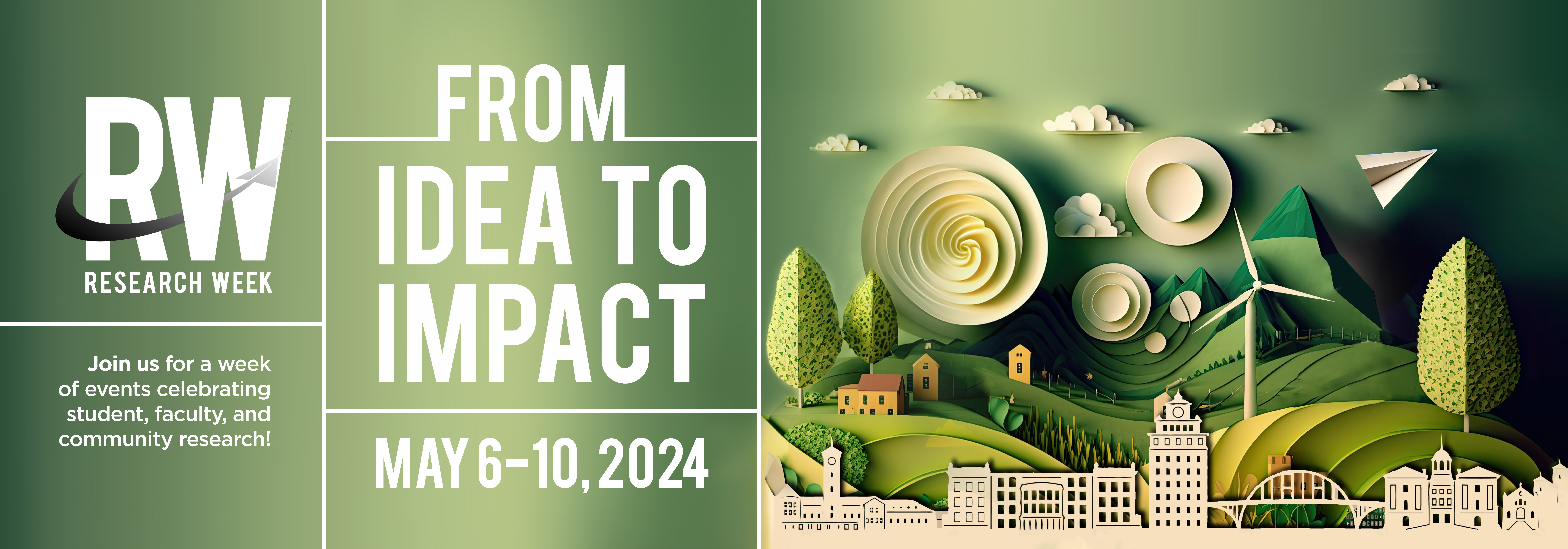Presentation Type
Poster
Start Date
5-4-2022 11:00 AM
End Date
5-4-2022 1:00 PM
Subjects
Stakeholder demographics, ecosystem services, estuary restoration
Advisor
Melissa Haeffner
Student Level
Masters
Abstract
Restoration of largely depleted estuarine systems is increasingly recognized as key to solving a variety of problems coastal communities face currently. Many of these issues will become more acute with climate change and sea level rise. Historic losses of estuary area, and recognition of the ecosystem services provided by functioning estuary ecosystems have resulted in current impetus to pursue estuary restoration. By mapping the flows of ecosystem services using three ecosystem service ‘scorecard’ categories pertaining to coastal resource management: recreation, aesthetics, and cultural/historical/spiritual, we gain a better understanding of the populations impacted by the changes in flows of ecosystem service due to restoration projects. Using driving distance, viewshed, and upstream salmon habitat respectively as proxies for these categories, areas impacted through ecosystem service change due to estuary restoration projects on the Oregon coast were mapped. Area, extent, and therefore stakeholder groups for each category, were found to be significantly different. Using US census data, race and income distributions for each area were then compared. Contrasting these three categories of ecosystem service flows highlights differences in scope of stakeholders impacted depending on the ecosystem service considered. Comparison highlights the importance of considering tradeoffs for stakeholders both within and between systems. Mapping ecosystem services to gain a spatially explicit understanding of the benefits these ecosystems provide has valuable applications for stakeholder analysis and outreach for potential restoration projects.
Rights
© Copyright the author(s)
IN COPYRIGHT:
http://rightsstatements.org/vocab/InC/1.0/
This Item is protected by copyright and/or related rights. You are free to use this Item in any way that is permitted by the copyright and related rights legislation that applies to your use. For other uses you need to obtain permission from the rights-holder(s).
DISCLAIMER:
The purpose of this statement is to help the public understand how this Item may be used. When there is a (non-standard) License or contract that governs re-use of the associated Item, this statement only summarizes the effects of some of its terms. It is not a License, and should not be used to license your Work. To license your own Work, use a License offered at https://creativecommons.org/
Persistent Identifier
https://archives.pdx.edu/ds/psu/37515
Included in
Mapping Ecosystem Service Flows of Estuary Restoration Projects on the Oregon Coast to Identify Impacted Stakeholders
Restoration of largely depleted estuarine systems is increasingly recognized as key to solving a variety of problems coastal communities face currently. Many of these issues will become more acute with climate change and sea level rise. Historic losses of estuary area, and recognition of the ecosystem services provided by functioning estuary ecosystems have resulted in current impetus to pursue estuary restoration. By mapping the flows of ecosystem services using three ecosystem service ‘scorecard’ categories pertaining to coastal resource management: recreation, aesthetics, and cultural/historical/spiritual, we gain a better understanding of the populations impacted by the changes in flows of ecosystem service due to restoration projects. Using driving distance, viewshed, and upstream salmon habitat respectively as proxies for these categories, areas impacted through ecosystem service change due to estuary restoration projects on the Oregon coast were mapped. Area, extent, and therefore stakeholder groups for each category, were found to be significantly different. Using US census data, race and income distributions for each area were then compared. Contrasting these three categories of ecosystem service flows highlights differences in scope of stakeholders impacted depending on the ecosystem service considered. Comparison highlights the importance of considering tradeoffs for stakeholders both within and between systems. Mapping ecosystem services to gain a spatially explicit understanding of the benefits these ecosystems provide has valuable applications for stakeholder analysis and outreach for potential restoration projects.


